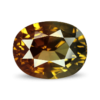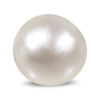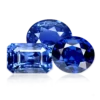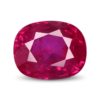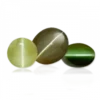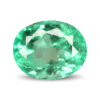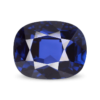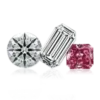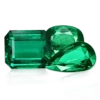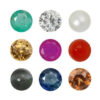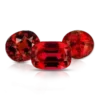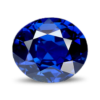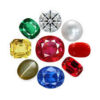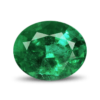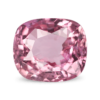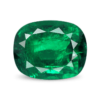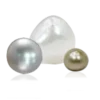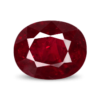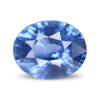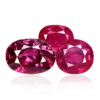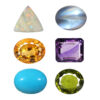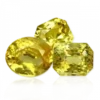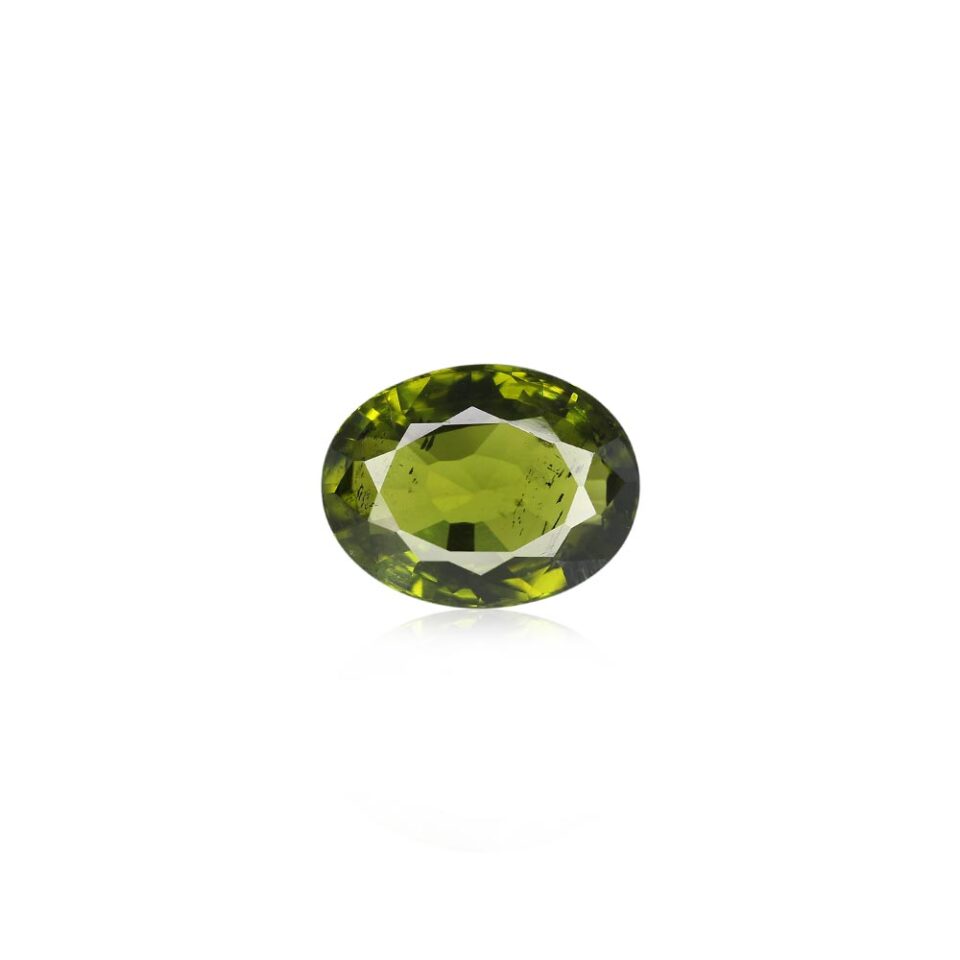Peridot is a semi-precious stone that features an olive-green color. Its color ranges from pure green with a tinge of yellow or brown. Olive green color is scarce in gemstones, and thus, it is the only gem that features this color. Peridot stone is a type of olivine, a mineral composed of magnesium and iron silicate. This fantastic stone is thought to possess various healing benefits, such as relief from stress and anxiety. It also aids in digestion and boosts the immune system. Jewelry crafted with this stone looks stunning and is often associated with the purity of the wearer’s heart.
About
Peridot is a mineral silicate with a chemical composition of magnesium-iron silicate. This green-yellow stone is thus also called chrysolite. It is formed deep within the Earth’s mantle under extreme heat and pressure, resulting in the formation of olivine crystals in the orthorhombic system. The formation of this stone is associated with volcanic activity. The magma carries the crystals to the surface, which are further found in basalt lava flows and volcanic rocks. Peridots are found in the Hawaiian Islands and parts of Arizona, where such volcanic activities are significant. The finest of these gems comes from Zabargad Island in the Red Sea. This place possesses favorable conditions for the formation of these stones. The exclusive olive green color is due to the presence of iron within the crystal structure.
History
This chrysolite gem is sometimes called the “Evening Emerald” due to its earlier resemblance with green emerald. However, it is not a beryl mineral; it is a chrysolite mineral. They were known for their mystical properties in various cultures. Egyptians believed that it was a protective stone and was worn as talismans. It was considered a sacred stone in ancient times and was used to decorate churches. This beautiful gemstone is listed in the Bible along with other stones. It was one of the gems adorned on Aaron’s breastplate, the Israelite priesthood. Traditionally, it signifies the cultures and beliefs of the local tribes in Israel. In the modern era, these are considered as birthstones. Peridot is the birthstone for August month.
Benefits
The Peridot meaning relates to good fortune. It brings success, money, fame, and happiness to the wearer. In Egyptian culture, this stone was called the “gem of the Sun” as it was believed to have positive effects on the wearer. Peridot stone healing properties include mental and emotional well-being. The color of this stone is relaxing and thus uplifts the mood of the wearer. The powerful energy of this gem helps in removing conflicts between couples. It is also linked with success and wealth. It is believed that placing a peridot crystal in the workplace attracts wealth and prosperity.
Who Should Wear
People born in August can wear this olivian gem. The calming energy of this stone can benefit Leos and Virgos. It helps promote mental clarity and avoid confusion. Peridot’s spiritual meaning relates to new beginnings, love, and compassion. It opens the heart’s energy center, inducing feelings of love and empathy. Thus, individuals who want to strengthen their relationship or couples who are starting a new journey can wear or give this August birthstone as a gift.
Professionals who seek career growth or students who want to enhance their focus and concentration in studies are suggested to wear this green-yellow gem. It makes a perfect gift for the 16th wedding anniversary. This august stone peridot looks excellent in a ring, pendant necklace, earrings, or bracelets. Its subtle color suits every outfit. The gemstone has a fair hardness, but with few caring tips applied, peridot is suitable for everyday wear. Wearing it on the middle finger of the left hand can be beneficial for females as it induces peace and harmony in their lives.
Price and Quality
Color:
The finest color is pure green. A tint of secondary overtones, such as yellow and brown, is standard. Gems with pure olive green are rare. Peridots with a yellowish-green hue are commonly found. The stones with a brown tint are considered lower quality. Medium tone and high saturation stones fetch more prices.
Clarity: Clarity is marked by the absence of inclusions. Higher inclusions interfere with the brilliance and shine. Standard inclusions include pad-like disc-shaped patterns, tiny gas bubbles, and crystal inclusions. Eye clean gems with minimal or no inclusions command for higher value.
Carat Weight: Gemstones with more than 10 carats are rare to find. However, smaller carat-weight stones are readily available and are inexpensive. If we consider the size of the stone, the 1-carat Peridot stone appears to be smaller than the 1-carat diamond. This is due to the fact that colored gemstones are denser and, hence, visually appear to be smaller.
Cut: This gem looks good in every shape, from round to pear, marquise, oval, and cushion. Any cut that enhances the color and brilliance of the stone is the best cut for this olivian mineral. The emerald cut maximizes its hue and clarity, making it perfect for high-end jewelry.
Origin: Myanmar (Burma) is the best source for this gemstone. Other origins include the US and China. Burmese peridot stone are highly valued for their vibrant and medium color. The gem crystal found here has slightly etched faces, giving it a silk-like luster when cut perfectly.
Caring and Cleaning
Use a mild soap solution and a soft brush to clean the gem. Avoid harsh chemicals, as these can damage the surface of the stone. Store the jewelry in different boxes to prevent scratches and damage.

